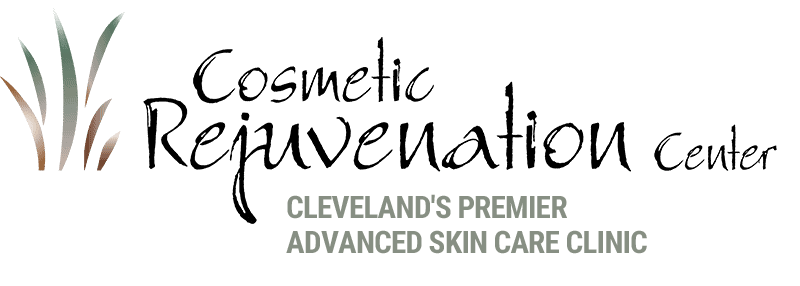All You Need to Know About the Risks of Botox and Dysport for Wrinkle Reduction
Botox and Dysport are two of the most popular injectable treatments for reducing the appearance of wrinkles and fine lines. Both products have been extensively studied and used worldwide, but they have some differences in their composition, effectiveness, and applications. In this article, we will explore these aspects, as well as the mechanisms behind their action, potential side effects, and the benefits they offer.
Differences Between Botox and Dysport
Composition:
Botox and Dysport are both derived from botulinum toxin type A, a neurotoxic protein produced by the bacterium Clostridium botulinum. However, they have different formulations and manufacturing processes. Botox, developed by Allergan, contains onabotulinumtoxinA, while Dysport, developed by Ipsen, contains abobotulinumtoxinA. The difference in their molecular size and structure affects how they spread and act in the body.
Effectiveness:
Both Botox and Dysport are highly effective in reducing wrinkles and fine lines, but they have some variations in their onset of action and duration of effects. Dysport tends to spread more easily due to its smaller molecular size, which can be beneficial for treating larger areas like the forehead. This characteristic also means that Dysport may start showing results slightly faster than Botox, often within 2-3 days compared to 3-5 days for Botox. However, the duration of effect for both treatments is generally similar, lasting about 3-4 months.
Uses:
Botox and Dysport are primarily used for aesthetic purposes, such as reducing the appearance of crow’s feet, forehead lines, and frown lines. They are also used for medical conditions like chronic migraines, excessive sweating (hyperhidrosis), and muscle spasms. Due to its broader spread, Dysport may be preferred for larger treatment areas, while Botox’s precision makes it ideal for smaller, more targeted areas.
How Botox and Dysport Work
Both Botox and Dysport work by blocking the nerve signals to the muscles, effectively reducing muscle activity. This is achieved through the inhibition of acetylcholine release at the neuromuscular junction. When injected into specific muscles, these neurotoxins temporarily paralyze or weaken the muscles, preventing them from contracting and forming wrinkles.
The procedure involves a series of small injections administered directly into the muscles responsible for the unwanted lines and wrinkles. The results are not immediate, as it takes a few days for the muscles to relax and the wrinkles to smooth out. Over time, regular treatments can help maintain a youthful appearance by preventing the formation of new wrinkles.
Potential Side Effects of Botox and Dysport
While Botox and Dysport are generally considered safe, they can have side effects, as with any medical treatment. The most common side effects are mild and temporary, including:
- Pain at the injection site: Some patients may experience mild discomfort, redness, or bruising at the injection site. This usually resolves within a few days.
- Headache: A mild headache can occur after the injections but typically subsides within 24-48 hours.
- Drooping eyelids or eyebrows: In rare cases, the toxin can spread to adjacent muscles, causing temporary drooping of the eyelids or eyebrows.
- Flu-like symptoms: Some individuals may experience mild flu-like symptoms, such as fatigue, muscle aches, or a slight fever.
- Allergic reactions: Although rare, some patients may experience allergic reactions, such as itching, rash, or difficulty breathing.
It is essential to consult with a qualified medical professional to discuss potential risks and ensure the procedure is performed correctly.
Benefits of Botox and Dysport
Botox and Dysport offer numerous aesthetic and medical benefits, making them popular choices for both cosmetic and therapeutic applications.
Aesthetic Benefits:
- Reduction of Wrinkles and Fine Lines: Both treatments effectively smooth out dynamic wrinkles caused by repeated muscle movements, such as frown lines, crow’s feet, and forehead lines.
- Preventative Treatment: Regular injections can prevent the formation of new wrinkles by limiting muscle contractions.
- Non-Surgical: Botox and Dysport offer a non-invasive alternative to surgical procedures like facelifts, with minimal downtime and quick recovery.
Medical Benefits:
- Chronic Migraines: Botox is FDA-approved for the treatment of chronic migraines, helping reduce the frequency and severity of headache attacks.
- Excessive Sweating (Hyperhidrosis): Both Botox and Dysport can effectively treat hyperhidrosis by blocking the nerve signals to the sweat glands, reducing excessive sweating.
- Muscle Spasms and Stiffness: These treatments can alleviate muscle spasms and stiffness in conditions like cervical dystonia, spasticity, and temporomandibular joint (TMJ) disorders.
Common Treatment Areas:
- Forehead: To reduce horizontal lines and wrinkles.
- Glabella: To smooth out frown lines between the eyebrows.
- Crow’s Feet: To diminish fine lines around the eyes.
- Neck: To address neck bands and wrinkles.
- Armpits, Hands, and Feet: To treat excessive sweating.
In conclusion, Botox and Dysport are highly effective treatments for both cosmetic and medical concerns, offering significant benefits with minimal risks. By understanding their differences, mechanisms of action, potential side effects, and benefits, patients can make informed decisions about which treatment best suits their needs. Always consult with a qualified medical professional to ensure the safest and most effective treatment plan.
